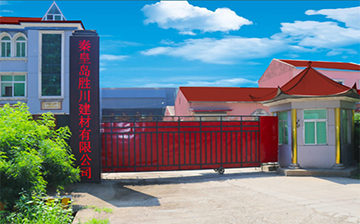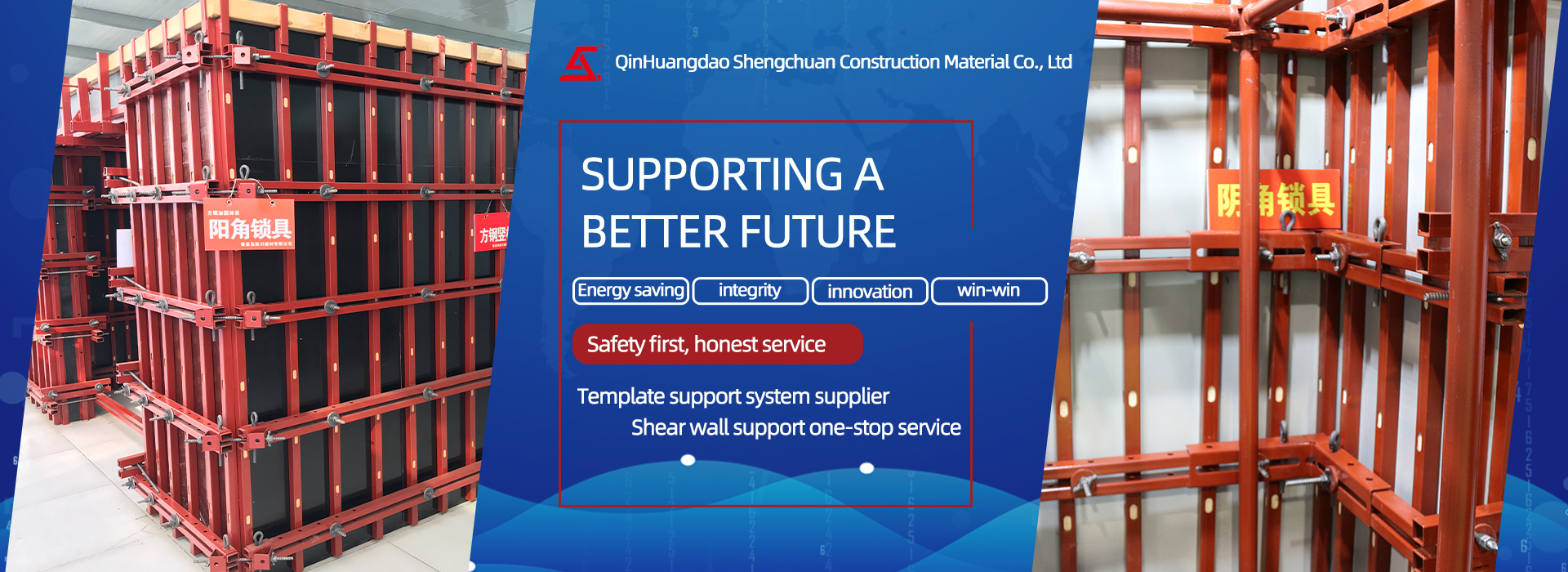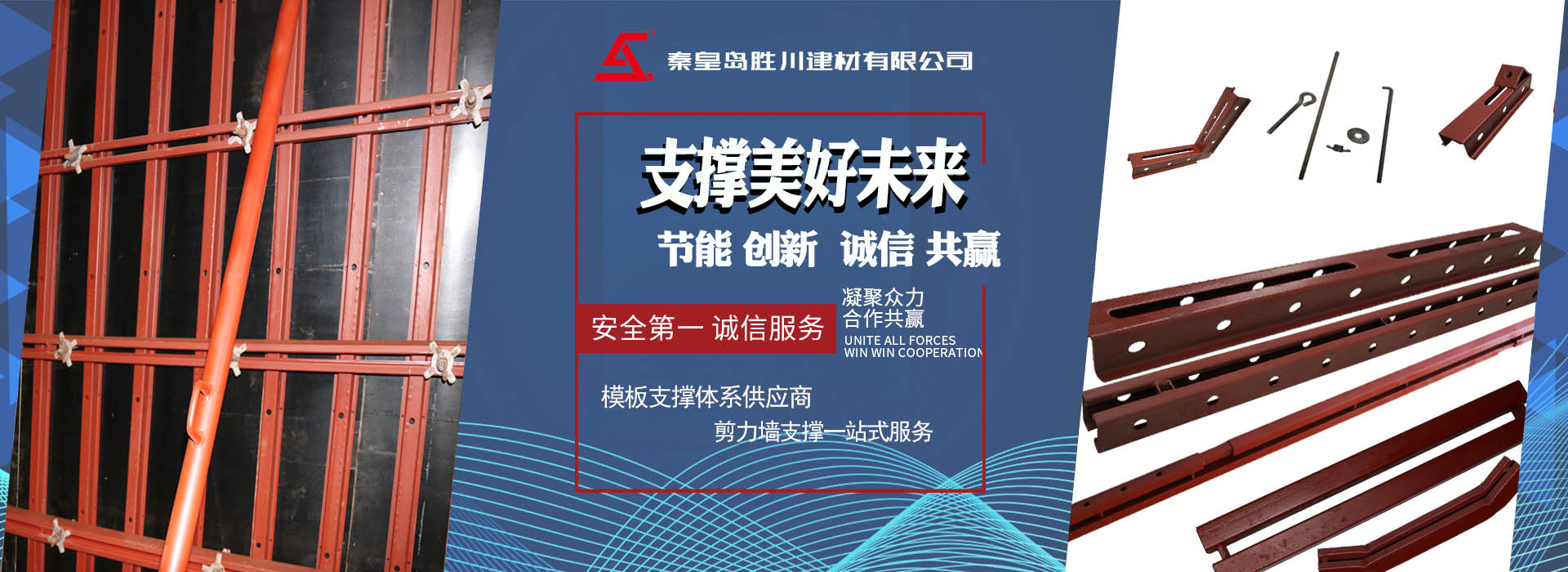
Flying formwork support system
Flying mold is a large tool type template, also known as table mold or table mold due to its appearance resembling a table. Due to its ability to be lifted and transferred from the finished concrete floor slab to the upper layer for reuse using lifting machinery, it is called a flying formwork.
The flying model mainly consists of a platform plate, a support system (including beams, brackets, supports, legs, etc.), and other accessories (such as lifting and walking mechanisms, etc.). Suitable for the construction of cast-in-place reinforced concrete floors with large bays, large column grids, and large depths, especially suitable for the construction of cast-in-place slab column structures (without column caps) floors.
The specifications and dimensions of flying molds are mainly determined based on the bay (column grid) and depth dimensions of the building structure, as well as the lifting capacity of the lifting machinery. Generally, one or more units are set up by multiplying the bay (column grid) by the depth dimension.
Currently, the most commonly used method is the telescopic leg style, with no leg style.
The use of flying formwork for the construction of cast-in-place reinforced concrete floors has the following characteristics:
The floor template is assembled and reused in one go, thereby reducing the process of layer by layer assembly and dismantling of the template, simplifying the template support and dismantling process, saving labor for template support and dismantling, and accelerating the construction progress.
Due to the fact that the formwork no longer falls to the ground during the construction process, it can reduce the space for temporary stacking of formwork
Types of flying molds: column type bench molds; Truss type platform formwork; Suspension type bench mold.




 Jgw Anbei No. 13032202000134
Jgw Anbei No. 13032202000134


